Grain prices go for elevator ride
By James Urquhart
6th July, 2022
The saying goes that markets take the stairs up and the elevator down, which suggests that markets tend to fall faster than they rise. However, in the last four months, neither rising or falling markets have moved in a stair-like fashion and it feels like we have gone to the top floor and back via the elevator.
Since their May highs, grain futures markets have taken a battering. A chart showing the Chicago Board of Trade December wheat futures price will paint you a dramatic picture of how quickly markets have retreated back to levels not seen since the initial days of Russia’s invasion of Ukraine.
The misery in the Black Sea continues unabated, as does the significant impact to world grain supply and trade flows. Nevertheless, in recent weeks it seems markets have turned their attention to other inputs for price direction. The current “risk off” climate, driven by rising interest rates and the soaring cost of living across the globe, has prompted a widespread selloff across most industries and asset classes, with grains and oilseeds no exception.
Wheat harvest in the northern hemisphere is gathering momentum taking the immediate pressure off global supply concerns and adding to the bearish tone. Further weighing on the wheat market is USDA’s latest estimate of US spring wheat acres, which despite being the lowest in 4 years, exceeded market expectations.
After a wet start to the seeding program in Canada, growing conditions have improved considerably, which is also weighing on canola markets. Canada, the world’s largest producer and exporter of canola seed, will plant slightly less acres to canola than last season, however yields are expected to dwarf last years’ drought impacted crop. In June Statistics Canada forecasted the crop at just under 18 million tonnes, which would make it the 8th largest crop on record and in stark contrast to last years’ 12.5 million tonnes.
Whilst it is only July, the Australian crop is in good shape. Undoubtedly, there are significant parts of NSW and QLD that have struggled to plant the crop into excess moisture, however elsewhere there is a sense of optimism about the coming harvest. Western Australia and Victoria look exceptional after textbook starts and after a dry start in South Australia, good rains throughout May and June have crops there responding well. Last month ABARES forecasted the total winter crop production at 50.9 million tonnes which, although a reduction of 18 million tonnes on last year’s monster, would rank as the fourth largest on record.
So, with a supply chain already stretched to breaking point and without any production concerns evident here in Australia, local prices have taken the path of least resistance and followed futures markets lower. The nice round numbers of $500 per tonne delivered upcountry for wheat and $1,000 per tonne for canola that were on offer only weeks ago, all of a sudden seem a long way off. Or at least a couple of flights of stairs anyway.
Grain growers welcome improved conditions
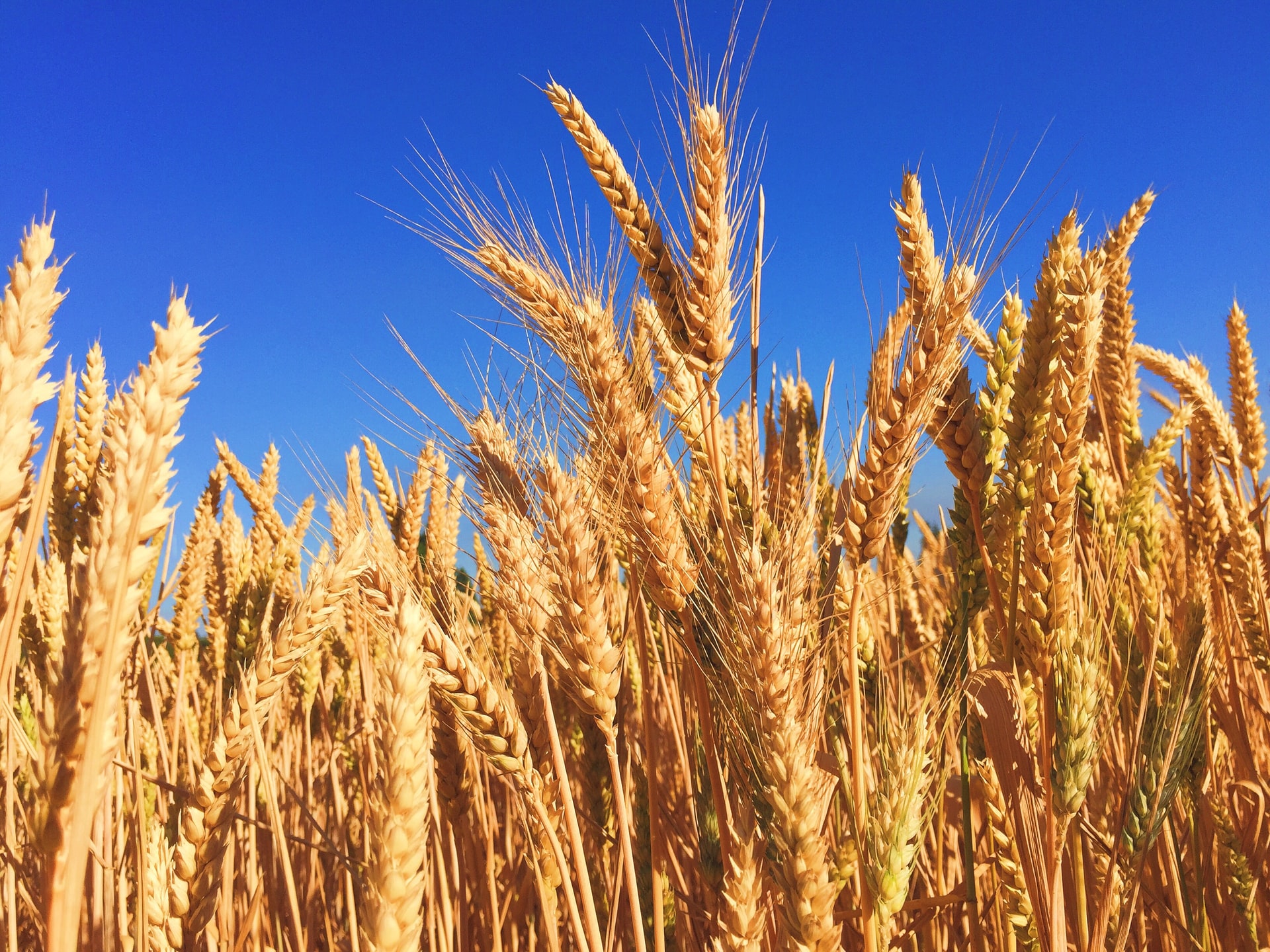
Never in recent history has it felt like the ag commodities market has exhibited such volatility in such a short space of time.
Read MoreConsistent wet spell adds to 'normal' year

In what we used to call a ‘normal’ year, the end of June has quite commonly been associated with the conclusion of the winter sowing program.
Read MoreWeather woes as market slows
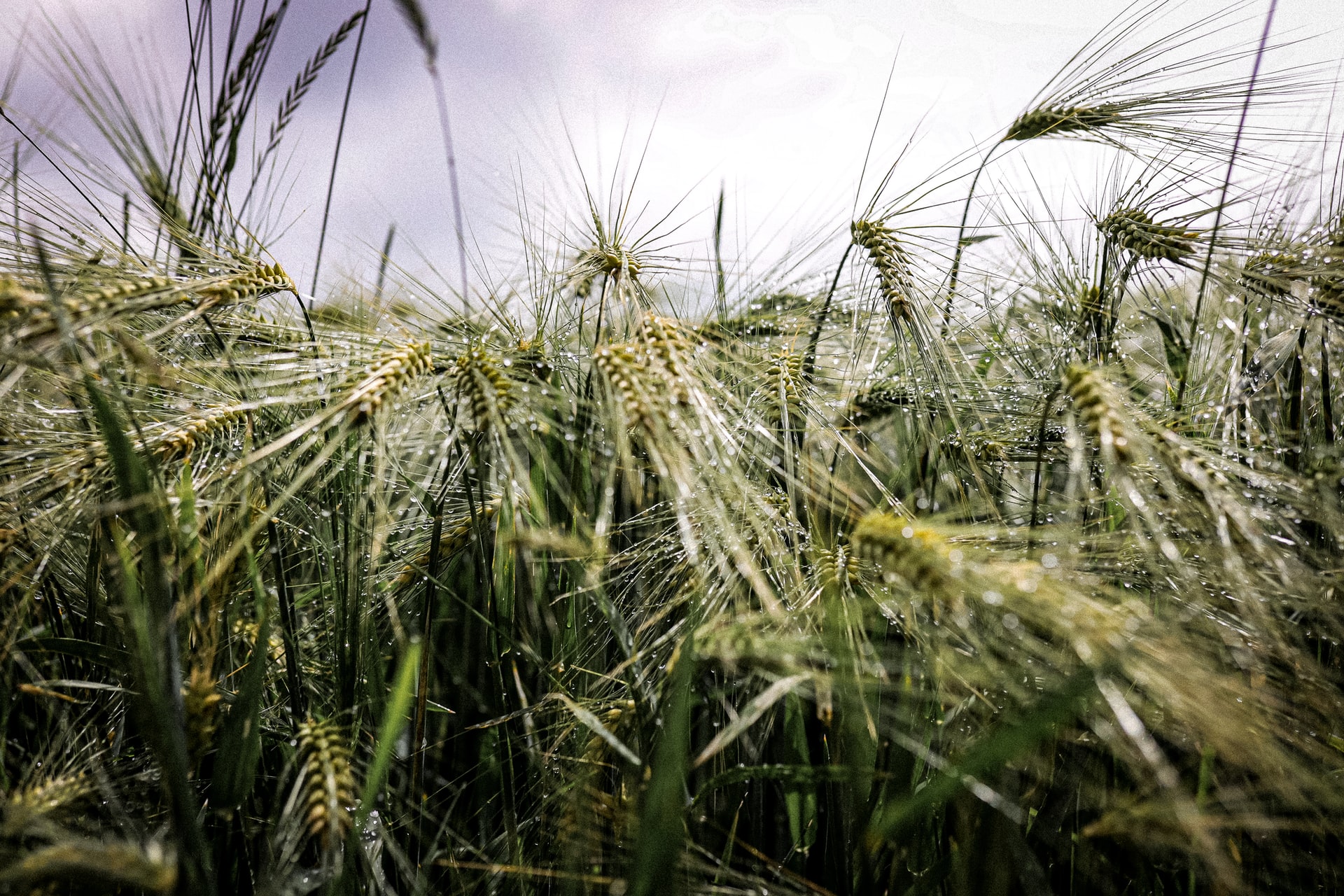
The Australian Bureau of Agricultural Resource Economics and Sciences (ABARES) recently released its June report, tipping Australia to produce its fourth largest winter crop on record at 50.9 million tonnes.
Read MoreCash markets shiver along with the growers

As much of the country shivers through a cold blast, one could be mistaken for thinking the weather had somehow managed to take the heat out of cash markets as well.
Read MoreA quieter week at the Chiropractors Clinic
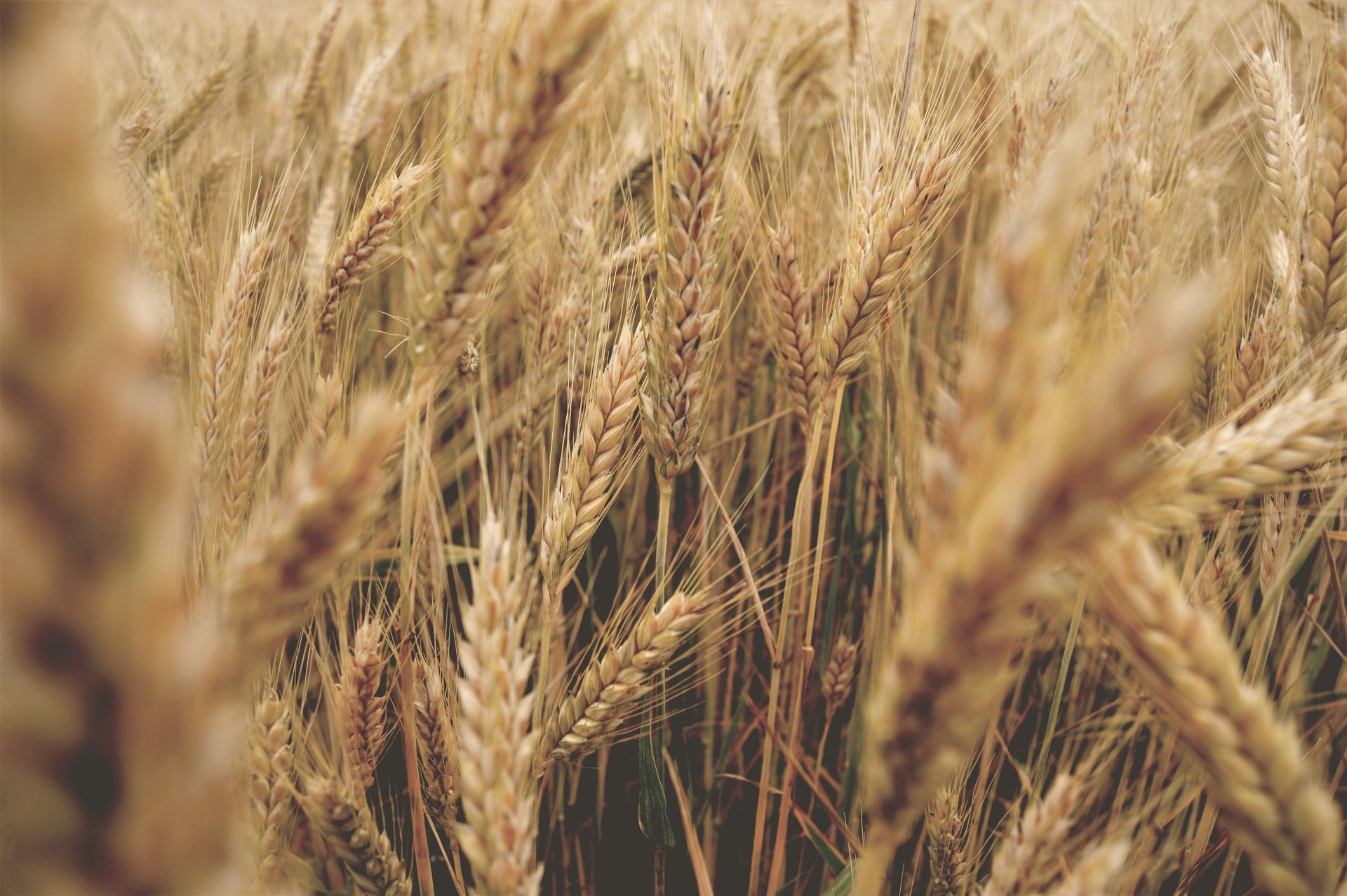
Of late, it would seem, a market-moving event was a daily occurence, with both domestic and international commodity values reacting accordingly.
Read MoreGrains market lifts in face of season’s challenges

International wheat futures have consolidated this week after rallying last week on the back of India’s decision to abruptly ban exports.
Read More
Indian export ban causes import headaches
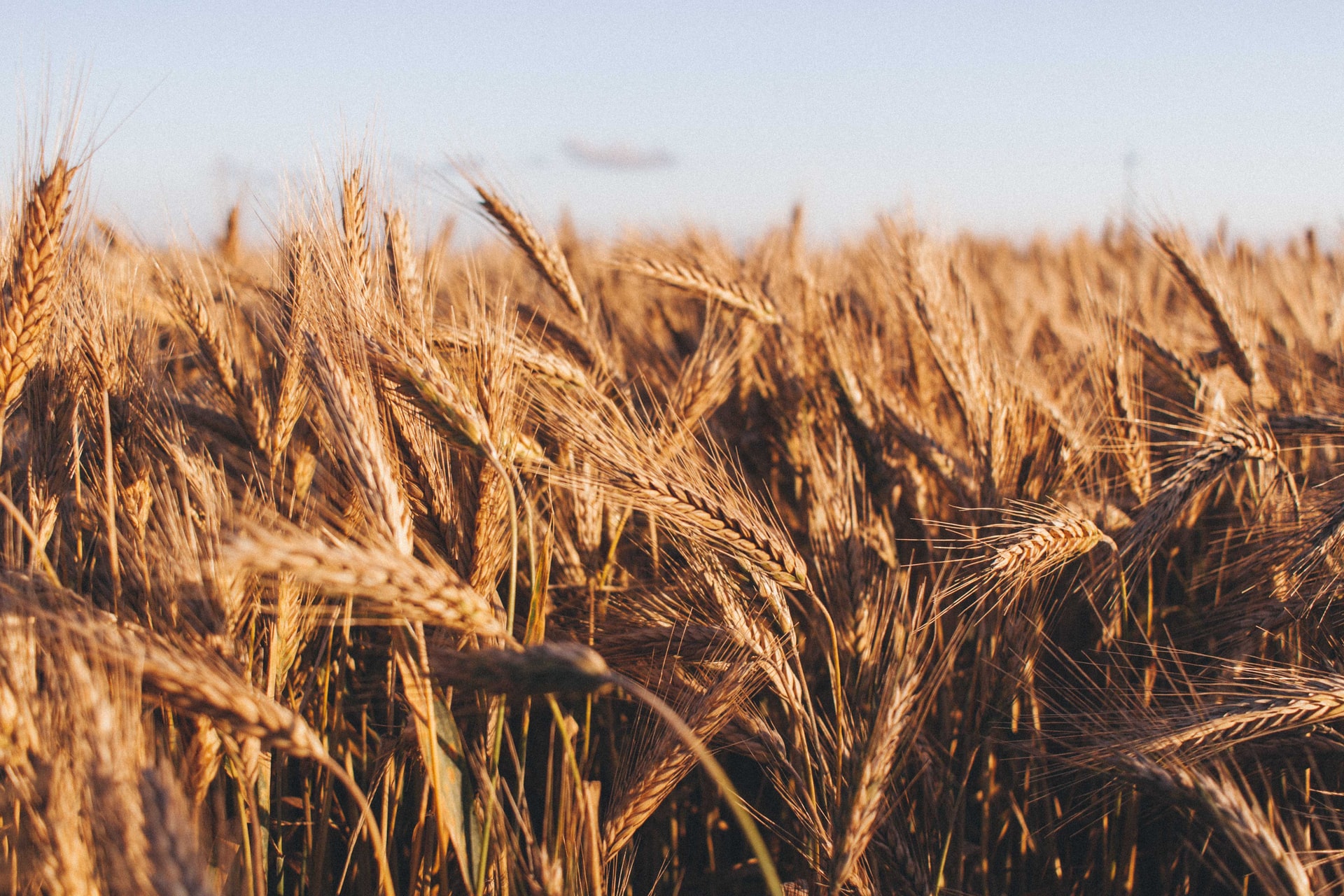
The global market caught a shock late last week when India announced an abrupt ban on its wheat exports on May 14.
Read MoreA logistical nightmare
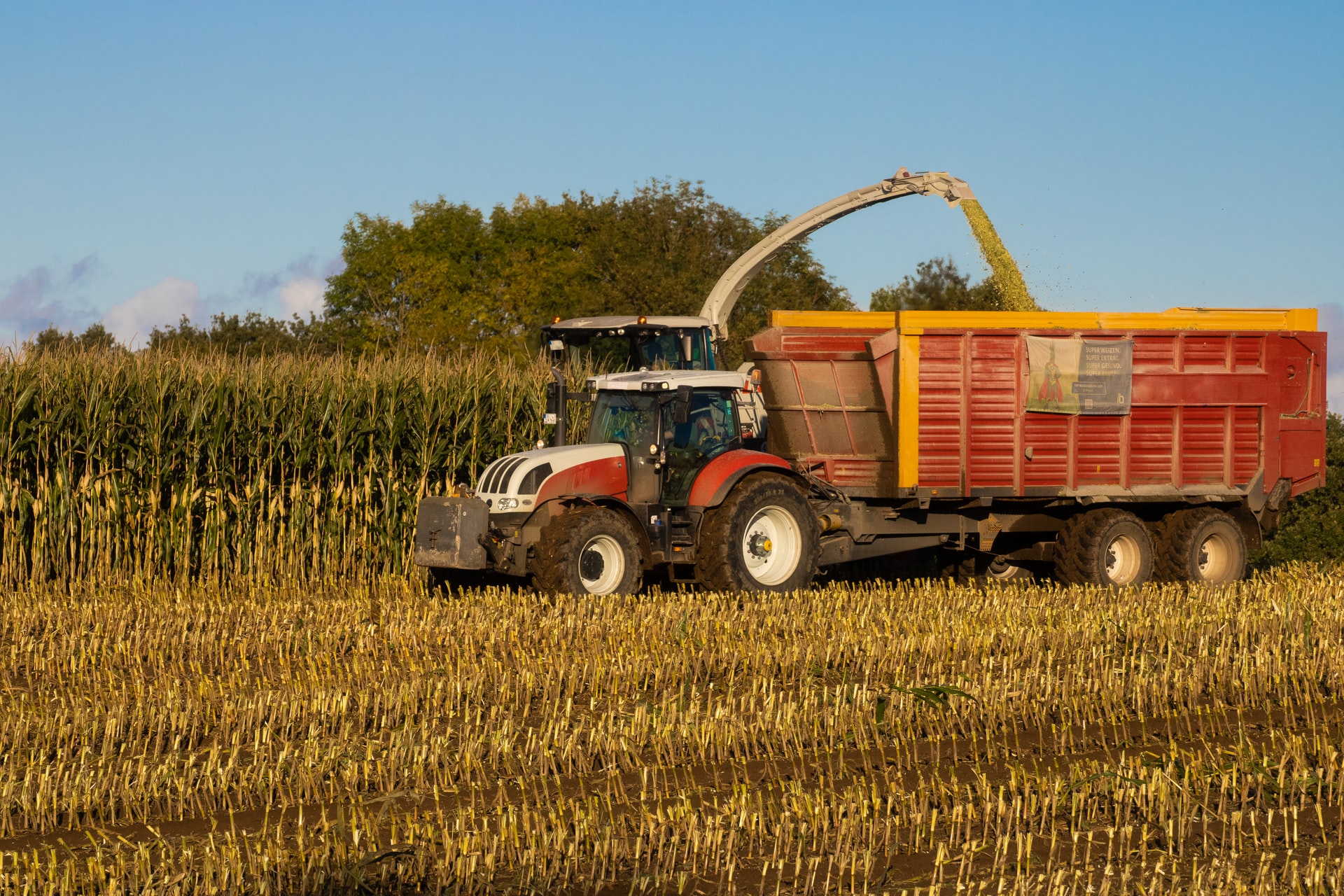
The recent harvest provided a physical and emotional rollercoaster with the highlights of big yields and strong pricing counterbalanced by persistent harvest rains and the subsequent delays and quality issues.
Read MoreOilseed demand lifts acreage

Significant increases to crop input prices hasn't slowed the efforts to plant this year's winter crop as almost the entire east coast has been gifted a well-timed and wide-spread autumn break.
Read MoreOptimal conditions align for winter crop
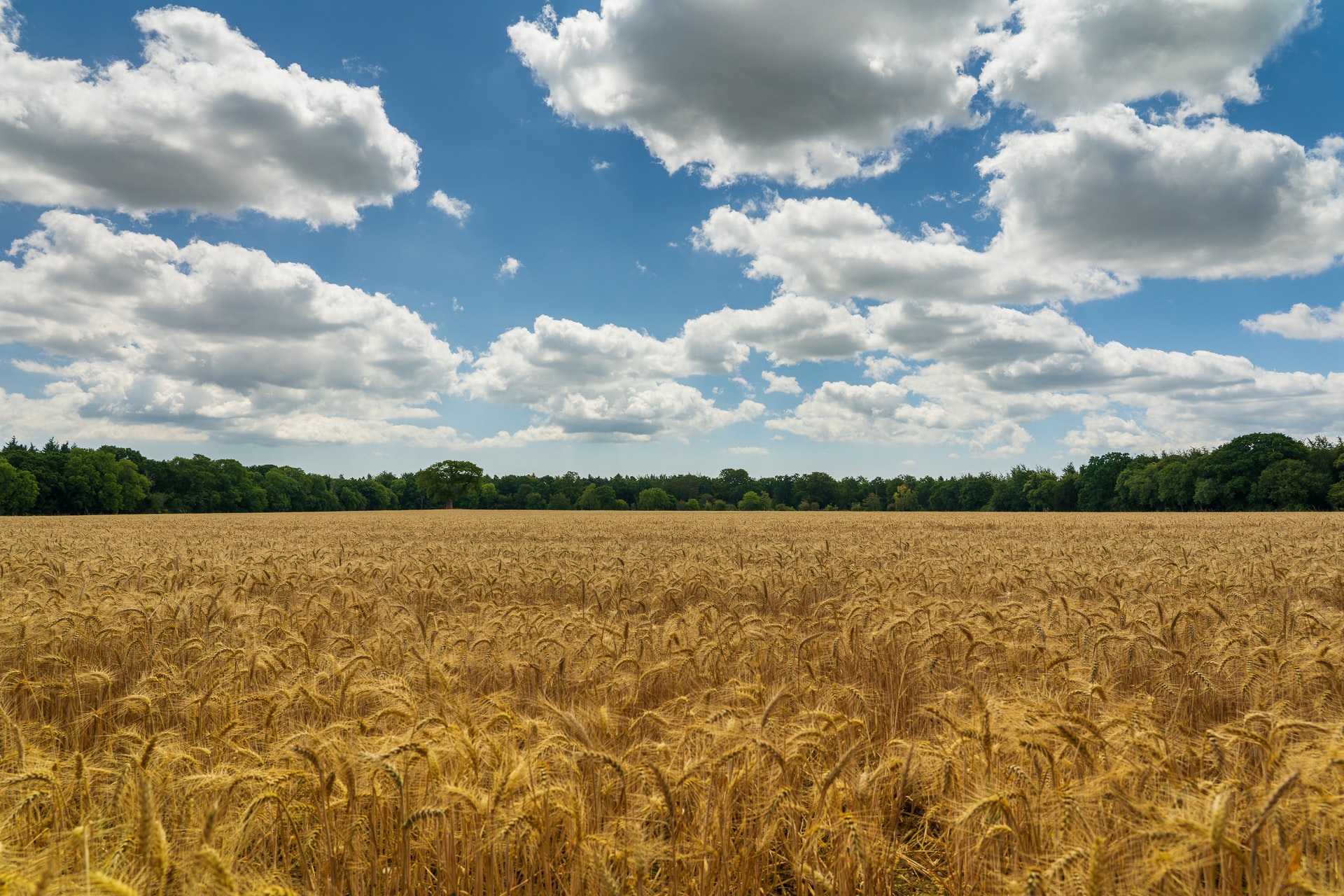
As sowing programs across the country ramp up on what for the most part is a full moisture profile, Australian farmers look primed to capitalize on record prices for their product.
Read MoreWhere to from here

In recent months 'volatile' seems to have been the word of choice to try and describe grain market movements and, given we unfortunately don't appear any closer to a resolution to the crisis in Ukraine, it appears this description is likely to remain popular for some time yet.
Read MoreExisting world grains issues persist

Another week rolls by and another round of inputs into the discussion, more forcibly argued depending on the side of the fence you sit, seller or buyer.
Read MoreWatching for the flashes

Without a meaningful resolution in sight for the crisis in Ukraine, the market continues to trade under the expectation that disruptions to Black Sea grains and oilseeds will be felt for a while yet, increasing the requirement for alternative origins to step up and fill the shortfall.
Read MoreSowing intentions start to emerge
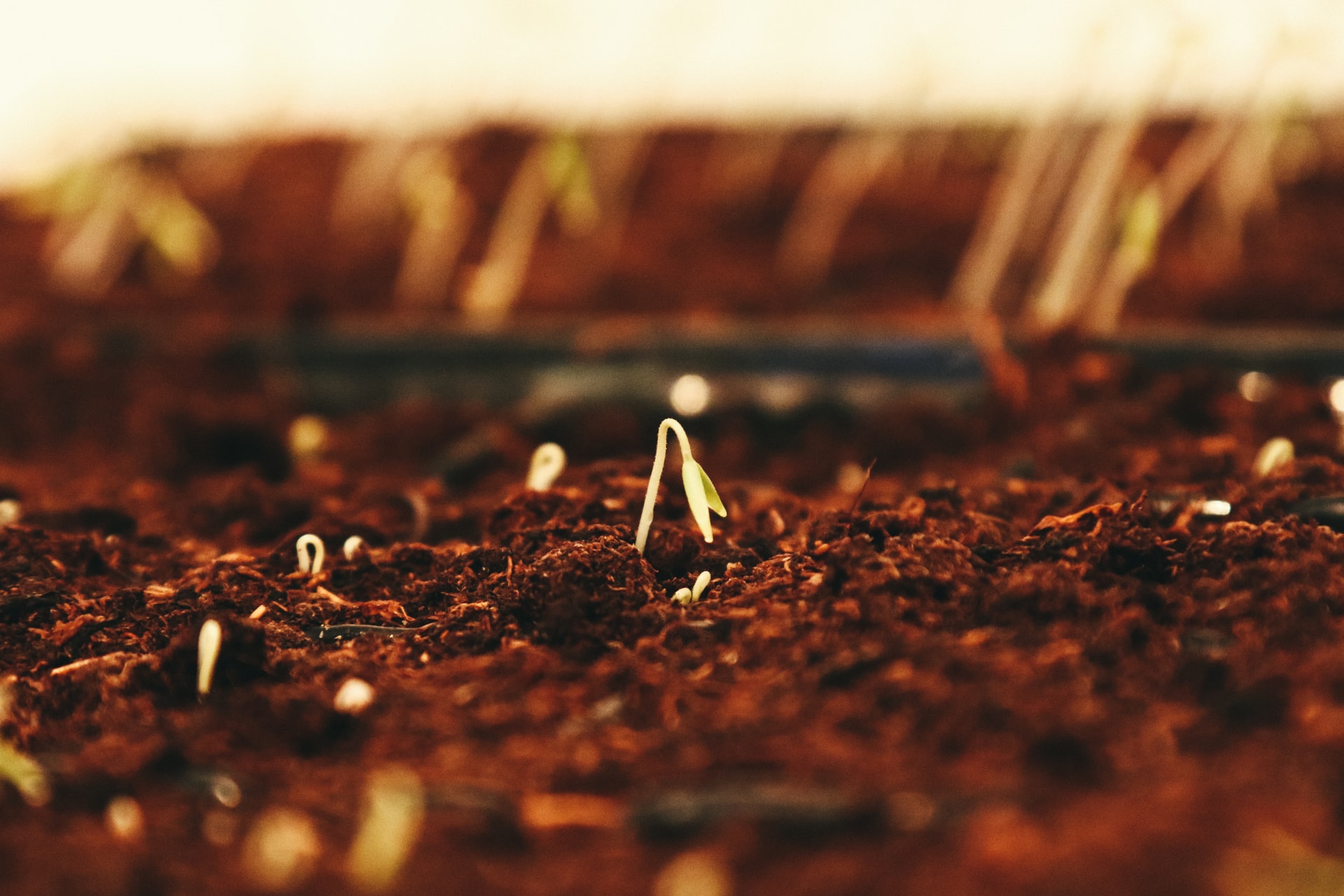
International markets continue to trade erratically on the back of expected supply chain disruptions due to the situation in Ukraine. Whilst we all hope for a swift end to the conflict, it is impossible to predict how things will progress and as such international markets continue to trade volatile ranges on a daily basis.
Read More